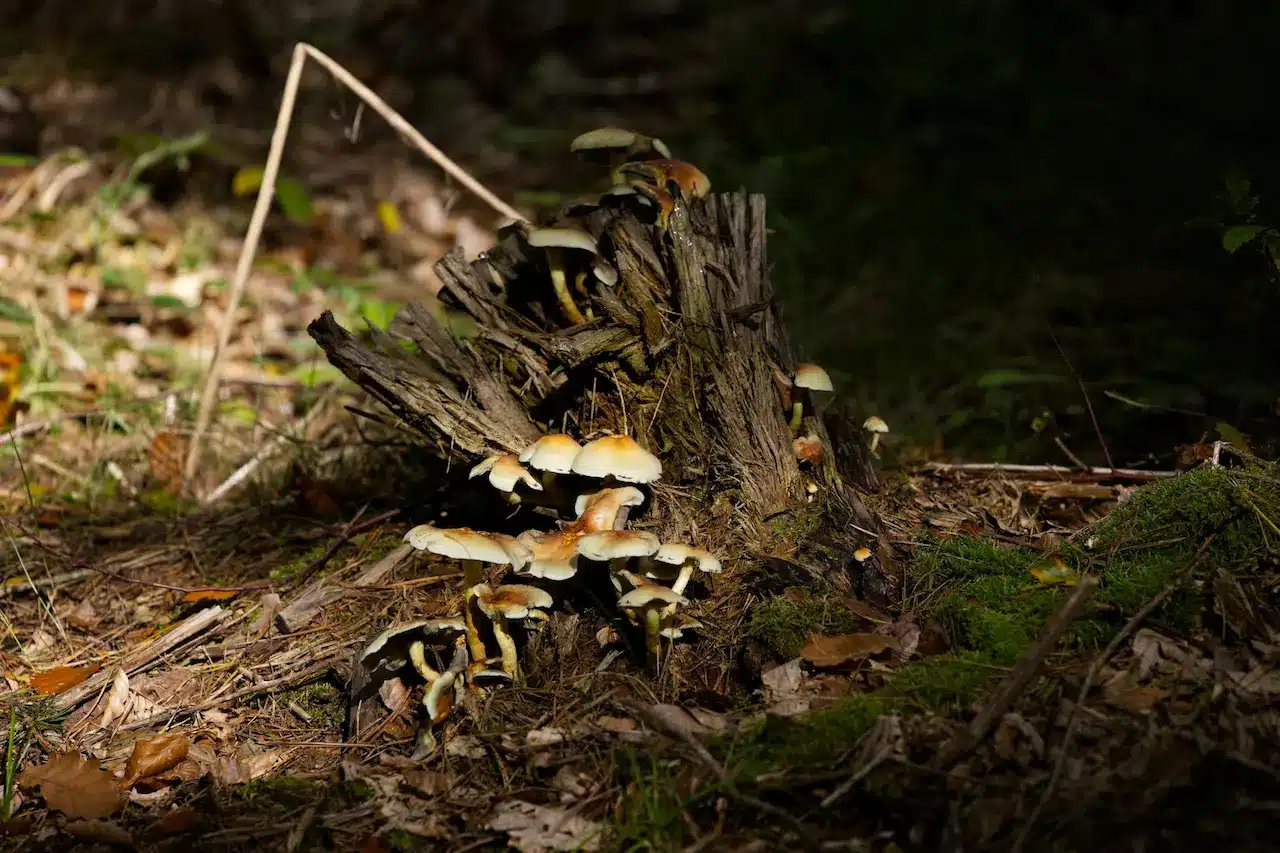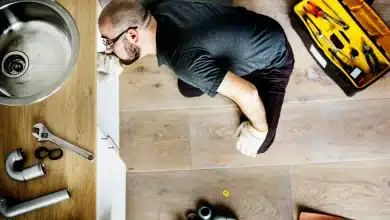Problems Lurking in Decaying Tree Stumps
The Hidden Problems Lurking in Decaying Tree Stumps
That tree stump in your yard seems harmless enough. The tree’s gone, problem solved, right? Not quite. What’s left behind causes more issues than most people realize until those problems become impossible to ignore.
Stumps don’t just sit there looking ugly. They actively decay, attracting pests, spreading disease, creating safety hazards, and generally making your yard worse over time. Understanding what’s happening underground and around that stump explains why removal matters.
Most homeowners put off dealing with stumps because they seem like minor eyesores compared to the actual tree. But decay process creates cascading problems that get expensive to fix. Professional stump grinding in Sydney eliminates these issues before they escalate into larger problems that affect your entire property.
1. Pest Infestations Start at Stumps
Decaying wood is basically a pest magnet. Termites love it, using stumps as food sources and breeding grounds before spreading to your house. One stump supports massive termite colonies that’ll eventually look for new wood to eat – like your home’s framing.
Carpenter ants, beetles, and other wood-boring insects also set up shop in rotting stumps. These populations grow unchecked, then migrate to healthy trees, wooden fences, or structures nearby. What started as one stump problem becomes an infestation affecting your whole property.

2. Disease Spreads from Rotting Wood
Fungal diseases thrive in decaying stumps, spreading through soil to infect nearby healthy trees. Fungi like honey fungus or armillaria colonize dead stumps, then send out these underground networks attacking living tree roots. You won’t notice until established trees start dying mysteriously.
Some fungal infections produce mushrooms around stumps that spread spores across your entire yard. These spores infect other plants, creating ongoing disease cycles. Removing the source stops the spread before losing multiple trees.
3. Safety Hazards Nobody Thinks About
Stumps create trip hazards, especially once grass grows around them making them harder to see. Kids running around, people mowing at dusk, guests unfamiliar with your yard – someone’s eventually catching a foot on that stump and going down hard.
Mowing around stumps is genuinely dangerous. Hit one wrong with your mower and you’re looking at broken blades, bent shafts, or thrown debris. Stumps hidden by grass cause expensive mower damage and potential injury from flying wood chunks.
Root systems don’t die immediately when trees come down. Decaying roots create voids underground as they rot, causing ground to settle unevenly. This creates invisible trip hazards where ground suddenly gives way. Driveways and walkways near old stumps can crack and sink as root systems decompose underneath.
4. Property Value Takes a Hit
Stumps make properties look neglected, affecting curb appeal significantly. Potential buyers view stumps as deferred maintenance – something they’ll need to address, along with any other issues you’ve been ignoring. Real estate agents consistently report stumps hurt sale prices and turn away buyers.
Landscaping around stumps is basically impossible. You can’t create nice garden beds, install proper irrigation, or design cohesive yard layouts with stumps breaking up the space. They limit what you can do with your property.
Stumps prevent grass growth directly around them and for several feet outward as roots decay. You end up with these dead patches and uneven spots ruining an otherwise nice lawn. Professional landscaping requires stump removal before creating anything that looks intentional.

5. Removal Becomes Harder Over Time
Fresh stumps are way easier to grind than old ones. As wood decays, it becomes unpredictable – sometimes softer, sometimes developing these incredibly hard sections. Grinding equipment handles fresh wood more efficiently, meaning faster removal and lower costs.
Waiting also means root systems spread further and decay creates larger void areas underground. This complicates grinding and increases the amount of material requiring removal. What could’ve been a straightforward job becomes complicated and expensive.
Surrounding landscape grows around stumps over time. Plants, garden beds, and lawn establish themselves in ways that complicate access for grinding equipment. Early removal is simpler before working around established landscaping.
Professional Grinding Solves Everything
Stump grinding removes stumps several inches below ground level, eliminating visible remains and upper root systems. This prevents regrowth, removes pest habitat, stops disease spread, and lets you properly landscape the area.
The grinding process is surprisingly quick and clean for professionals with proper equipment. They reduce stumps to wood chips that can be removed or used as mulch.
Reach out to the professionals for expert guidance. Don’t let old stumps keep creating problems. Getting them ground eliminates pest risks, disease spread, safety hazards, and appearance issues in one go. Your yard will look better, function better, and cause fewer headaches going forward.




